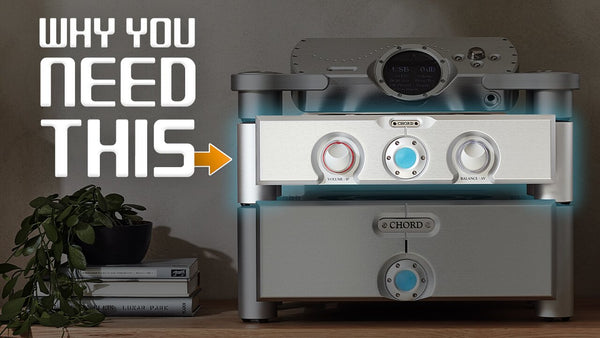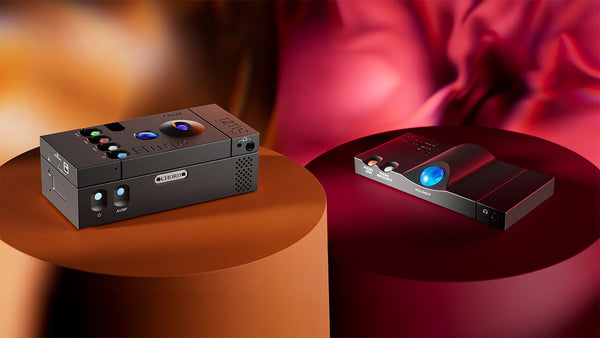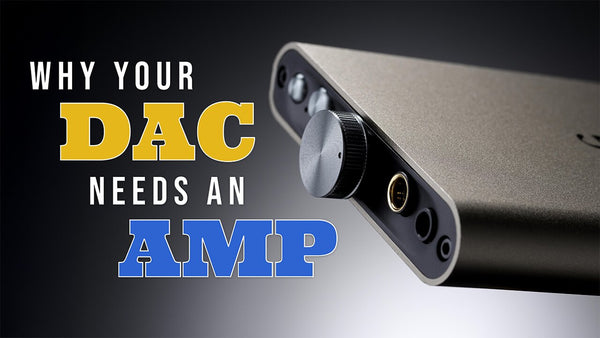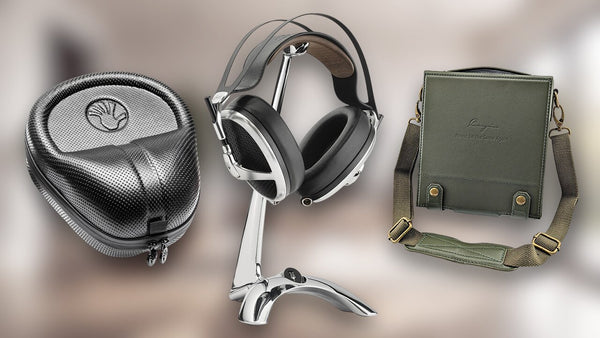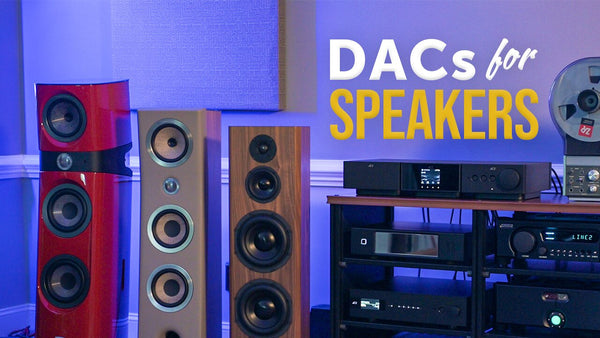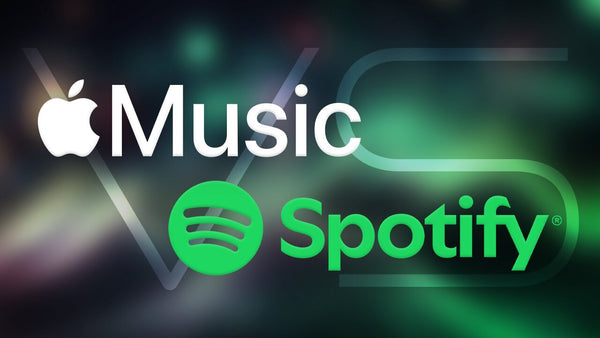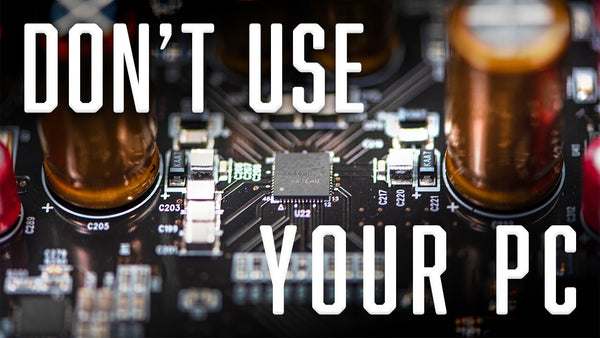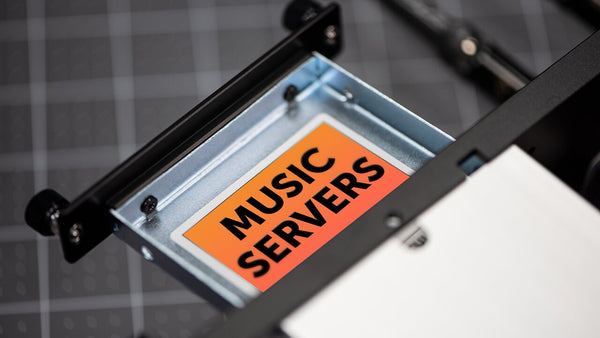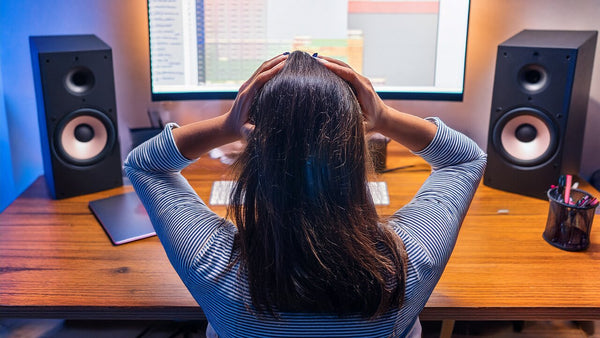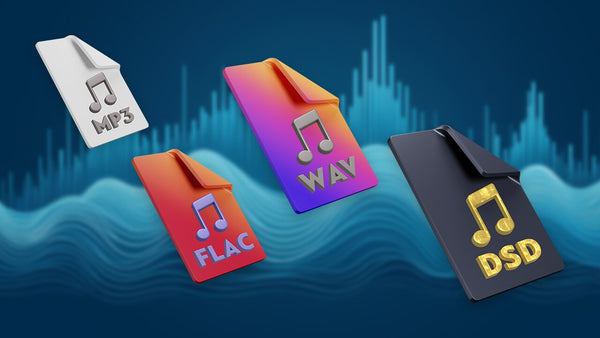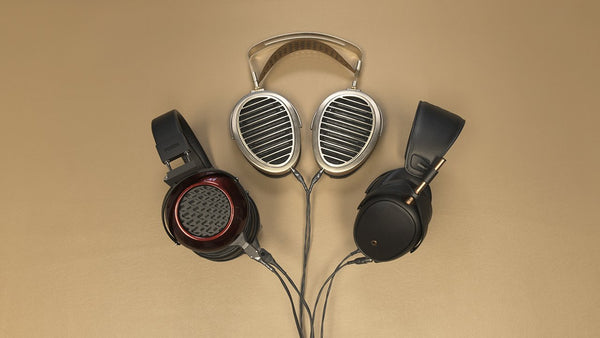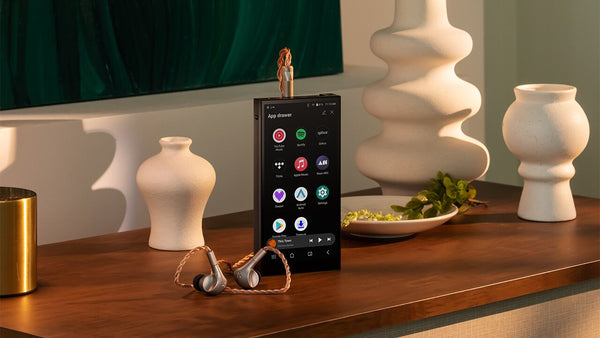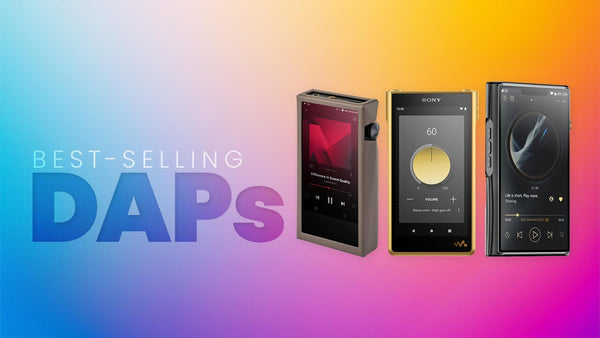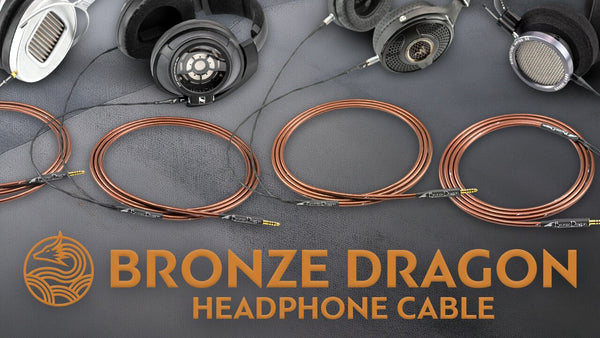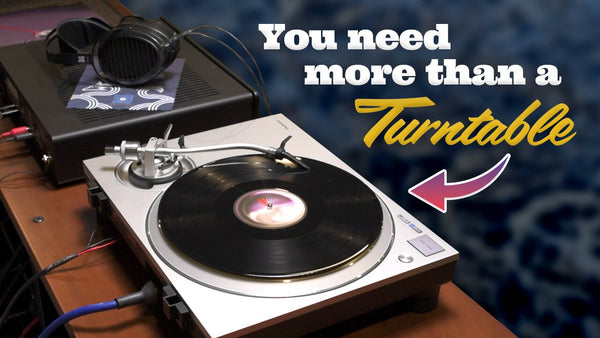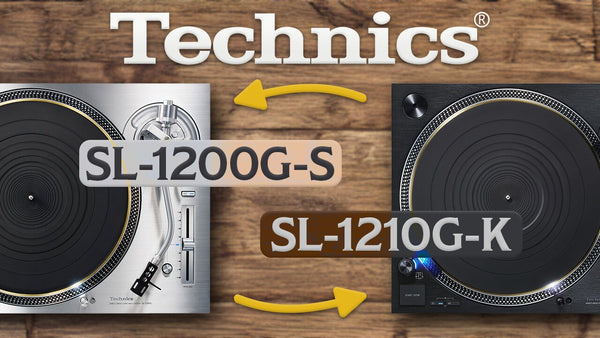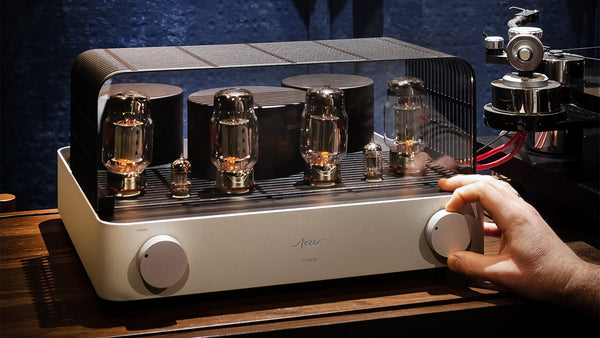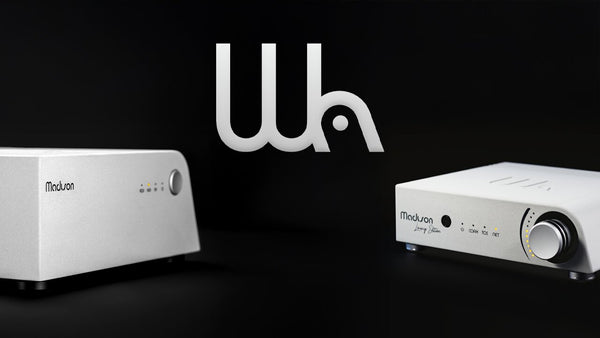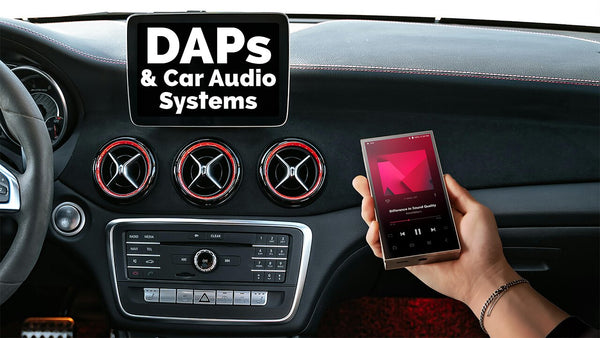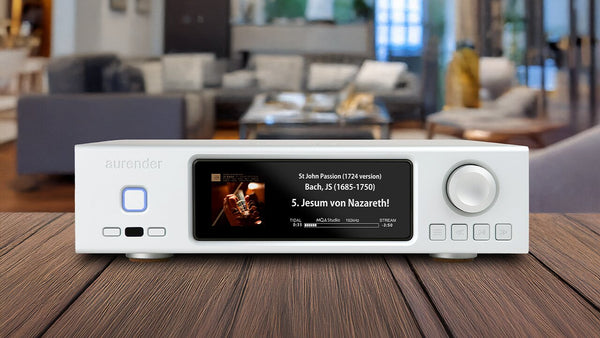Analog Vs Digital Music: The Enduring Appeal of Analog Sound

TL;DR: The debate over analog vs. digital audio boils down to personal preference. Analog offers warmth, richness, and a tactile experience, while digital provides clarity, consistency, and portability. Both have pros and cons depending on your listening style and setup. Dive into this guide to explore the differences and discover top audio gear recommendations.
Main Points:
- Analog Pros: Warmth, richness, tradition, and tactile experience.
- Analog Cons: Prone to wear, less portable, higher costs.
- Digital Pros: Clarity, convenience, consistency, and portability.
- Digital Cons: Loss of warmth, compression artifacts, less tactile experience.
- Key Differences: Analog is continuous, digital is precise. Personal preferences and listening context determine the best format.
- Gear Recommendations: Premium turntables, phono preamps, CD players, and streamers for both analog and digital setups.
Analog vs digital sound: Which one is better?
More than many others, this question divides audiophiles. Both analog and digital sound, as well as the gear used to bring them from their source to your speakers or headphones, have unique benefits and drawbacks.
Some audio aficionados deeply enjoy the warmth and richness of analog music, especially with a high-quality source like a vinyl record. Others love the consistency, clarity, and precision that digital music offers.
In most situations, there isn’t a universal and objective answer to the question of whether digital or analog sound is better. Instead, the answer is subjective — it changes based on context and the preferences of the listener.
Keep reading to learn more about the differences between analog and digital sound. First, we’ll review what digital and analog audio are. Then, we’ll dive into a comparison between the two and offer suggestions for great audio gear, whether you’re an analog fan, a digital die-hard, or still on the fence.
Digital Audio: Pros, Cons, and Unique Characteristics
What is Digital Audio?
In simple terms, digital audio is music and other audio (like dialog and sound effects for TV, film, and video games) that’s recorded or converted into a series of binary data points — ones and zeroes. Playing digital audio requires certain digital audio gear, from digital audio players to digital audio cables.
That’s in contrast to analog recording, which captures continuous sound waves. We’ll take a closer look at analog audio in the next section before we dive into comparisons of digital vs analog sound.

Sound waves captured in a digital recording environment are sampled thousands of times per second, as music production software company iZotope explains. This enables precise editing, manipulation, and storage of the audio data, as we detail in our guide to Digital-to-Analog Converters.
CDs, and later digital audio streaming, became popular and dominant options for listening to music. Why? It has a lot to do with the advantages of digital vs analog audio.
Pros of Digital Audio
Convenience and Portability
Because they store data digitally, CDs hold significantly more information — in this case, music and other audio — than records and cassette tapes. Music players that hold audio files locally and streaming music through computers, smartphones, and other devices offer even more accessibility.
To put it simply, organizing files on a device and searching for available artists or songs is much more convenient than physically sorting through hundreds of tapes or records.
Digital audio is also extremely portable for similar reasons. Whether it’s streaming or locally stored files, modern digital listeners can have access to thousands of audio files at a minimum wherever they go. And they don’t need to worry about where to keep any physical media.

Sound Quality Consistency
High-quality digital audio offers incredible clarity, precision, and consistency. In practice, there are a few key advantages to digital audio:
- Digital signal quality does not degrade as the distance between the source and output device increases, although there is a maximum length to that distance.
- Digital audio signals are less vulnerable to outside interference from nearby electrical devices, which is a common issue for analog signals.
- Digital media does not degrade over time due to the wear and tear caused by playback, as is the case with analog signals.
- High sampling rates and bit depths used in the recording and production processes allow high-quality digital audio to deliver precise and accurate sound that doesn’t change over time.
Editing and Manipulation
Thanks to all of the tools available to modern recording engineers and producers, digital audio files are easy to edit, manipulate, and mix.
While effective recording and production are by no means simple tasks, digital files are much easier to work with than analog recordings for everyone, from hobbyists and local bands to the most esteemed and experienced producers. That ultimately means more creativity, precision, and varied experiences are possible in the final products that make their way to your ears.
Cons of Digital Audio
Loss of Warmth and Texture
While offering incredible clarity and consistency, the digital recording process does not include the texture and warmth that are integral parts of analog recording and playback. Many audiophiles on the analog side of the digital vs analog signal debate cite that lack of “natural” sound as a key reason for their preference.
Compression Artifacts
Compression artifacts generally aren’t an issue when using high-quality, lossless audio files. However, these artifacts — ringing, hissing, and more — can appear in MP3s and other lower-bitrate files. They can take you out of the music and make it more difficult to fully enjoy your experience.
Disconnection from the Music Experience
Unlike the analog experience, digital music files and equipment (and especially streaming as compared to CDs) don’t offer a tangible connection. Some audiophiles deeply enjoy the process and ritual of choosing a record, placing it on the turntable, and dropping the needle alongside the audio itself.
It’s not a question of whether vinyl is better than digital objectively but about the subjective and personal experience of listening to music.
Analog Audio: Pros, Cons, and Unique Characteristics
Analog audio is the first and more traditional means of recording and playing back audio. The use of analog audio dates back to the invention of the phonograph in the late 19th century, the first device that could both record sound and play it back. For roughly 100 years, analog audio was the only practical option for recording and playing back sound.
Here’s an easy way to remember the difference between analog vs digital signals:
- Analog signals are continuous waveforms. Analog sound is carried through analog audio cables as a continuous signal of electrical voltage that mirrors the actual soundwave.
- Digital signals are made up of many thousands of individual binary data points that mimic the structure of soundwaves but not their continuous nature.
Analog signals are recorded onto magnetic tape, which is the professional standard — the highest-quality option available for recording analog sound. The most popular options for storing and playing back analog sound are vinyl records (which are the preferred method of playback for audiophiles) and cassette tapes.
Thanks to our last section, we know that digital sound can be more precise, accurate, and clear, and that digital recordings can be more easily mixed and mastered than analog sounds. So, why do so many audiophiles enthusiastically take the analog side in the analog devices vs. digital devices debate?
Pros of Analog Audio
Richness and Warmth of Sound
It’s a subjective perception, but it’s incredibly important in the analog vs digital discussion.
Analog media, like records, offer a certain richness and naturalness that digital media doesn’t. As the Ontario Institute of Audio Recording Technology explains, many audiophiles feel that the continuous nature of analog soundwaves better captures the music as it was originally performed, making it more natural.
This is one of the most influential benefits of analog sound. Listening to analog and digital versions of the same recording on similar audio gear is one of the best ways to experience it for yourself.
Physical Connection to the Music
Analog media has tradition built into it. The basic process of putting on a vinyl record hasn’t changed too much in the nearly hundred years since they were introduced, even though technological advancement in audio gear like turntables and cartridges has greatly improved the overall listening experience.
There’s a certain connection to and enjoyment of that tradition. Flipping through your personal curated collection of records (or even tapes), choosing music that you’ve been looking forward to or that speaks to you in the moment, and physically setting up that media to be played offers an experience that isn’t possible with its digital counterpart.

Dynamic Range and Texture
Pro-analog audiophiles feel the natural texture and wider dynamic range of analog recordings offer more depth than digital alternatives. This is also a key part of why analog sound is so pleasing to many audiophiles. It brings them closer to the music they enjoy.
Cons of Analog Audio
Susceptibility to Wear and Tear
Analog media is physical media that, because of friction from the playback process, degrades over time. Tapes and records wear out with repeated use in the long term. That eventually leads to potential pops, hisses, and physical distortion that negatively impact the listening experience and take away from the warmth and natural richness of the audio.
Inconvenience of Playback
As much as the ritual of listening to analog audio can be a positive for many audiophiles, it can also be a drawback.
You need specialized equipment for analog listening, and high-quality, audiophile-grade equipment for the best results. Unlike streaming, there are physical limitations to the size of a record collection, and some songs simply aren’t available or easily accessible on vinyl.

Higher Cost and Maintenance Requirements
Cost is a key consideration in the analog vs digital argument because analog gear needs more maintenance in the big picture. Certain gear is also more sensitive to things like electrical distortion and overall wear and tear than their digital counterparts.
Additionally, the cost of buying, maintaining, and replacing analog gear can add up. However, many audiophiles find it’s more than worth the investment.
Comparing Analog and Digital Sound
There’s no objective answer to the question of whether analog or digital sound is better. However, along with listening to both types yourself, these comparisons can help you decide where you might land in the debate.
Key Differences Between Analog and Digital Sound
Analog vs Digital Signals
Analog audio signals are continuous waveforms represented by electrical voltage. This recording and playback method offers warmth and richness that many argue is not present in digital sound.
However, digital signals, which are made up of thousands of binary values, offer incredible consistency, clarity, and precision.

Vinyl Records vs CDs and Streaming
Vinyl records are steeped in nostalgia and have currency as a piece of art, from the album covers to the actual media inside the sleeve. Their warmth and richness is a point of pride for many audiophiles. CDs are also nostalgic, although not to the same degree. They also offer unparalleled clarity and do not suffer wear and tear in the same inevitable way as vinyl.
Streaming is far more ephemeral, lacking the tactile nature of CDs and vinyl but offering the best in terms of access to the most music. That comes along with unmatched portability, convenience, clarity, and consistency.
All three offer opportunities to cultivate music collections that reflect personal interests and tastes, although the physical aspect of records and even CDs can add a certain tactile experience and thrill of the hunt that isn’t possible with digital media.
Analog vs Digital Devices and Listening Environments
For home listening environments, the choice of analog vs. digital is largely a matter of preference. However, digital streaming audio has a convenient edge (accessing and playing potentially millions of audio files) with the right setup, with no need to change the record or physically interact with gear beyond choosing the next song or making a playlist.
Outside of a dedicated listening environment, it’s hard to argue for anything but digital. Besides tapes, which are a low-quality medium, it’s not practical to listen to analog audio in the car or on the move.

Analog vs Digital: Personal Preference
Excepting professionals in the studio, and even for many of those pros on a certain level, music is about enjoyment.
You should choose the audio format that you enjoy the best, whether that means analog, digital, or even both. Depending on whether you’re listening analytically, for pure enjoyment, or while entertaining, both formats offer unique advantages.
Whether it’s the clarity and nearly unlimited access of digital streaming or finding the perfect record when thumbing through your collection of favorite vinyl, there’s plenty to enjoy on both sides. Our recommendation? Experience both and build your audio system based on what you enjoy the most.
Moon Audio Product Recommendations
Whether you want to improve the experience of listening to digital, analog, or both, we’re closing out this analog vs digital guide with our choice recommendations for gear that takes listening to the next level.
Turntables & Cartridges
- We recommend the Technics brand overall for an incredible vinyl experience.
- The top-of-the-line Technics experience comes from the SL-1210G-K Direct Drive Turntable System. It’s simply the pinnacle of hi-fi analog playback.
- If the SL-1210G-K is the undisputed champ, the SL-1300G-K Grand Class Turntable is the fast-rising contender that has analog audiophiles especially excited.
- Our top seller — the favorite for discerning listeners — among all phono cartridges is the Ortofon Concorde Music Black LVB 250.
- We heartily recommend the entire Ortofon family of phono cartridges, too.
Our Top 3 Phono Preamplifiers
- The TEAC Audio PE-505 Balanced Phono Preamplifier for accurate reproduction of original sound.
- Style and high-performance meet practicality with the Chord Electronics Huei Phono Preamplifier.
- Find stunning technical and sonic accomplishments in the Manley Lab Oasis Phono Preamp.
CD players, CD Transports, Servers and Music Streamers
- The TEAC Audio VRDS-701T CD Transport delivers the most accurate and faithful reading of CD data when paired with a high-quality DAC.
- The TEAC Audio VRDS-701 CD Player, USB DAC delivers consistently incredible performance with an integrated DAC.
- The Technics SL-G700M2 SACD Player and Network Music Player offers audiophile-grade quality for both CDs and streaming.
- It doesn’t get better than the Aurender N150 Music Player and Server for building and playing your digital music library.
- Deliver pristine, couldn’t-be-cleaner streaming audio to your DAC with the Matrix Audio Element S Music Streamer.
Moon Audio for All of Your Audiophile Needs
From DACs and DAPs to amps, cables and more, we have you covered. Find the high-quality audio gear you need at Moon Audio.

